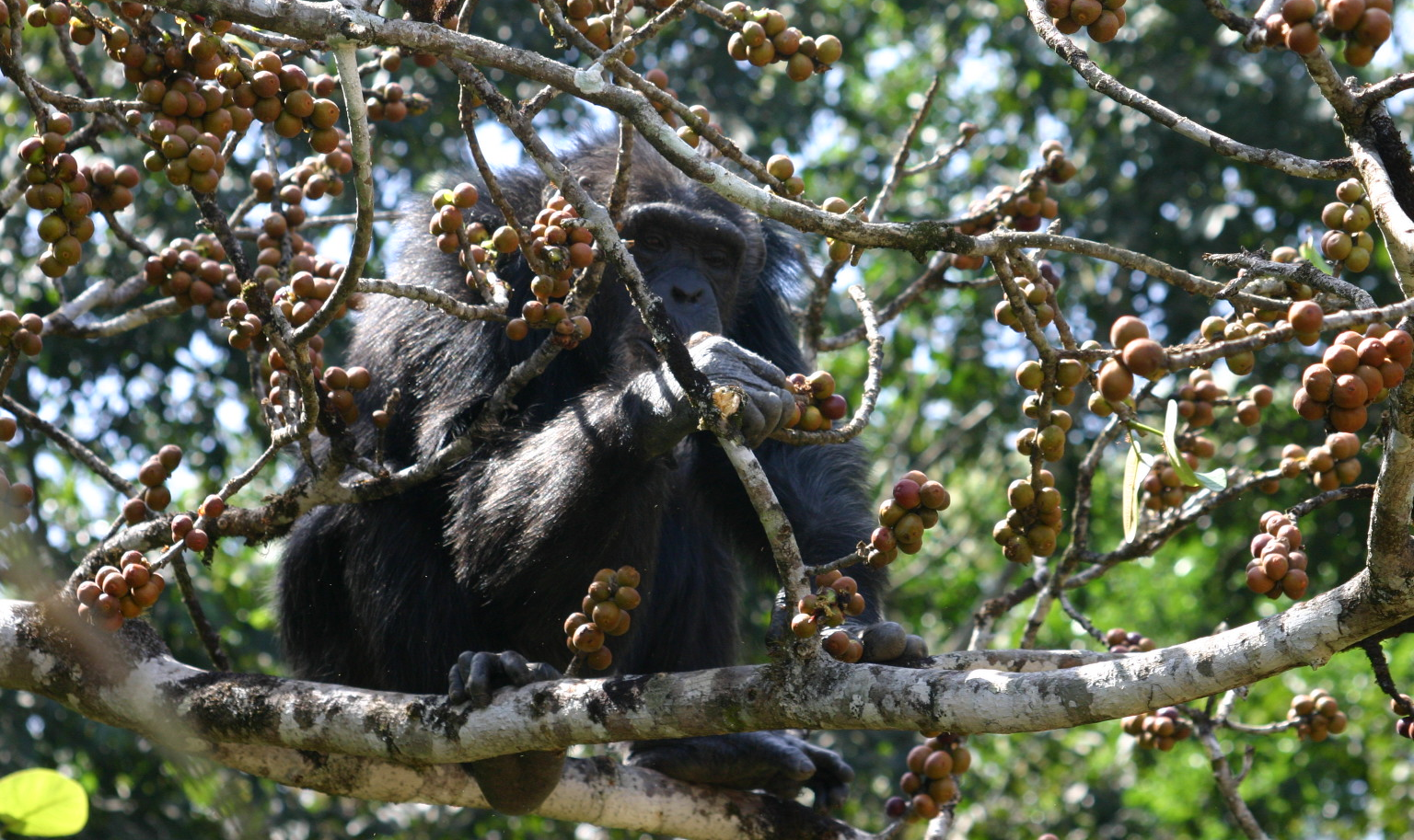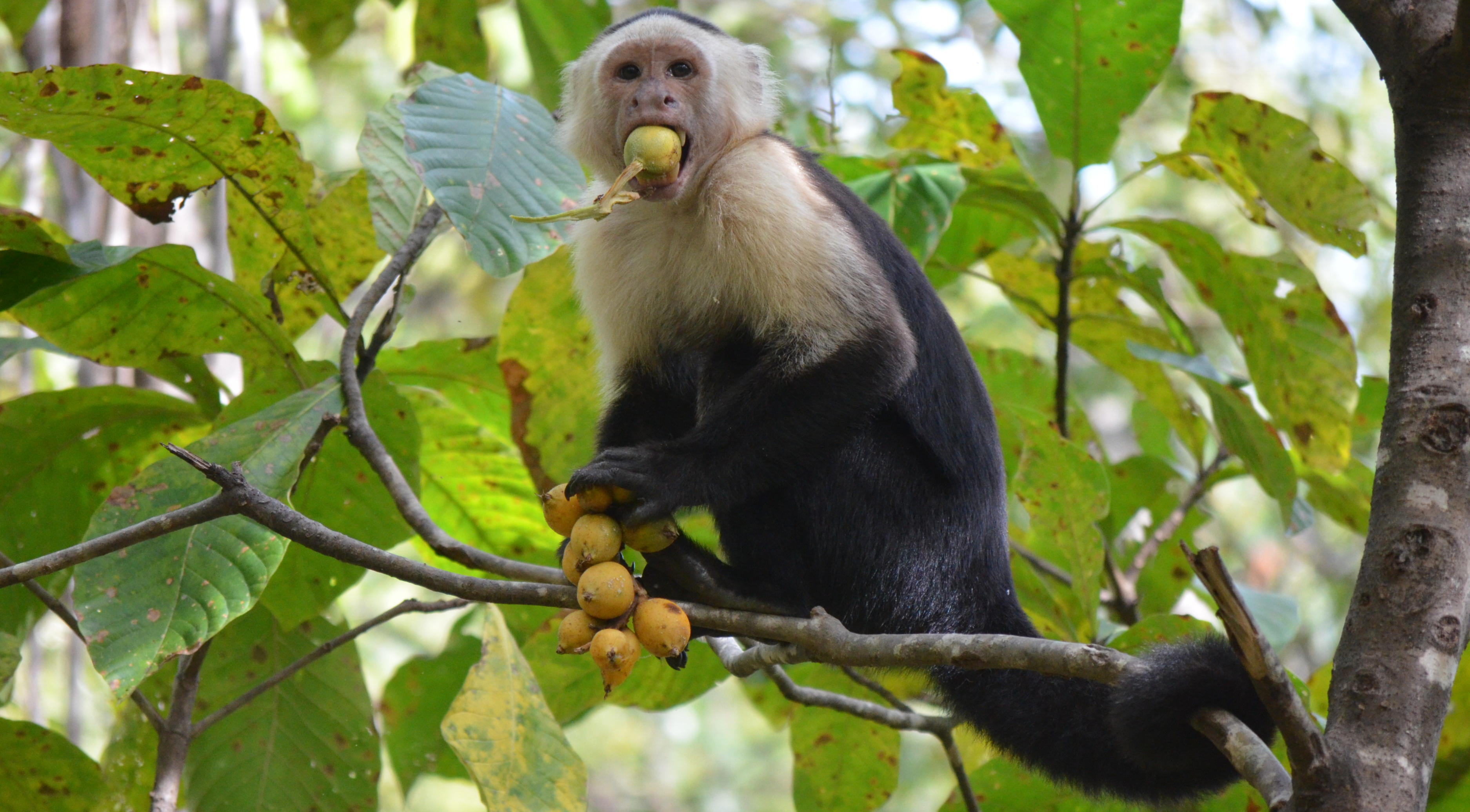Animals are even more partial to fermented fruits than had been assumed, indicating ethanol has a big attraction to a great many of the creatures with which we share the planet. In particular, species for which fruit or nectar are a big part of the diet are more likely than not to indulge in a tipple, at least now and then.
For humans, this means we’ve been hitting the bottle, metaphorically speaking, much, much longer than we’ve had actual bottles. The authors of a new study summarize the evidence and explore why that might be.
Stories often circulate of all sorts of animals consuming fermenting fruits and getting somewhere between silly and blotto. It can make for amusing tales, although if the disputed stories of drunk elephants are true, it’s best to observe from a safe distance.
For a long time, zoologists treated these accounts as likely to be accidental. They assumed animals came upon some fruit that was past its best, consumed them for the calories, and got a dose of ethanol in the process.
That conclusion was probably driven by the fact that any evolutionary benefits to getting drunk aren’t obvious, unless you’re a human who needs the alcohol to lubricate the process of hooking up. In a hyper-Darwinian view of evolution, where everything must have a survival of the fittest explanation, how could this be deliberate?
This perspective is changing, however. “We’re moving away from this anthropocentric view that ethanol is just something that humans use,” Dr Kimberley Hockings, a behavioral ecologist at the University of Exeter, said in a statement.
Hockings is senior author of a review of wild animal alcohol use, which she summarizes saying: “It’s much more abundant in the natural world than we previously thought, and most animals that eat sugary fruits are going to be exposed to some level of ethanol.”
Flowering plants started to become abundant around 100 million years ago, using nectar to attract pollinators. Soon they were using fruits to get larger animals to disperse seeds. Both used sugar as at least part of the bait, which also gave yeast something to ferment. Saccharomyces cerevisiae probably makes ethanol from the sugar to fight off bacterial competitors for its food. Plants may even have evolved to make this easier if yeast is less damaging to their seed dispersal than bacteria.

If you’re a chimpanzee that wants to get drunk, you might have to eat a lot of fermented fruit. Just as well trees sometimes produce a lot at once.
Image Credit: Pascal Goumy
Most fermented fruits only reach 1 to 2 percent alcohol by volume (ABV), which means you need to either eat a lot of fruit, or have a very low tolerance, to be affected. However, Hockings and coauthors note that over-ripe palm fruits have been recorded reaching 10.3 percent ABV, not far below a typical wine (although nothing a hamster or oriental hornet couldn’t handle).
Intriguingly, genes to break ethanol down preceded the fruit/flower explosion, but those animals that encounter alcohol often have evolved enhanced capacity.
“From an ecological perspective, it is not advantageous to be inebriated as you’re climbing around in the trees or surrounded by predators at night—that’s a recipe for not having your genes passed on,” said senior author and molecular ecologist Dr Matthew Carrigan.
However, if getting drunk was too much of a risk, genes for fast processing would be expressed more strongly, giving animals higher tolerances. When that hasn’t happened, it may reflect exposure being too rare to create much evolutionary pressure.
However, Hockings, Carrigan, and co-authors also note there can be advantages to ethanol consumption that should be taken into consideration.
For one thing, ethanol carries a lot of calories. That may be a drawback for those of us in an environment where energy-rich foods are too available for our health, but historically, the opposite is far more common. “It’s the opposite of humans who want to get intoxicated but don’t really want the calories—from the non-human perspective, the animals want the calories but not the inebriation,” Carrigan said.
Ethanol consumption is also usually accompanied by smells that make fruit easier to find, and the yeasts are not the only ones that can use it as protection – there’s a reason we use alcohol as a sterilizing agent. The authors note that fruit fly larvae threatened by parasitic wasps increase their alcohol intake.

No reason, we just thought you’d like this photo of a capuchin monkey eating fruit.
Image Credit: Julia Carorso
However, it’s also worth considering the possibility that some animals, particularly mammals and birds, like alcohol for the same reasons we do.
“On the cognitive side, ideas have been put forward that ethanol can trigger the endorphin and dopamine system, which leads to feelings of relaxation that could have benefits in terms of sociality,” said first author Anna Bowland, adding: “To test that, we’d really need to know if ethanol is producing a physiological response in the wild.”
It’s slightly surprising that hasn’t been done more – saying you professionally watch animals getting drunk is probably not a bad icebreaker at parties. Perhaps it’s harder to make it sound good on a grant application than over a beer.
Nevertheless, the authors plan to investigate how alcohol consumption affects non-human primate behavior and social organization. They also want to look at the enzymes animals use to break ethanol down and the distribution of the responsible genes.
Although it’s fun to think about animals, particularly cute ones, getting plastered, there’s a reason to take the work seriously. If intoxication runs deep in our evolutionary history, it’s very unlikely it can be eradicated by legislation or social sanction. That bolsters the case for finding ways to let people drink safely, and the same may apply to other mind-altering drugs that are not currently legal in most places.
The study is published in Trends in Ecology and Evolution.
Source Link: Animals Like Getting Drunk More Than We Realized, But We Don’t Know Why